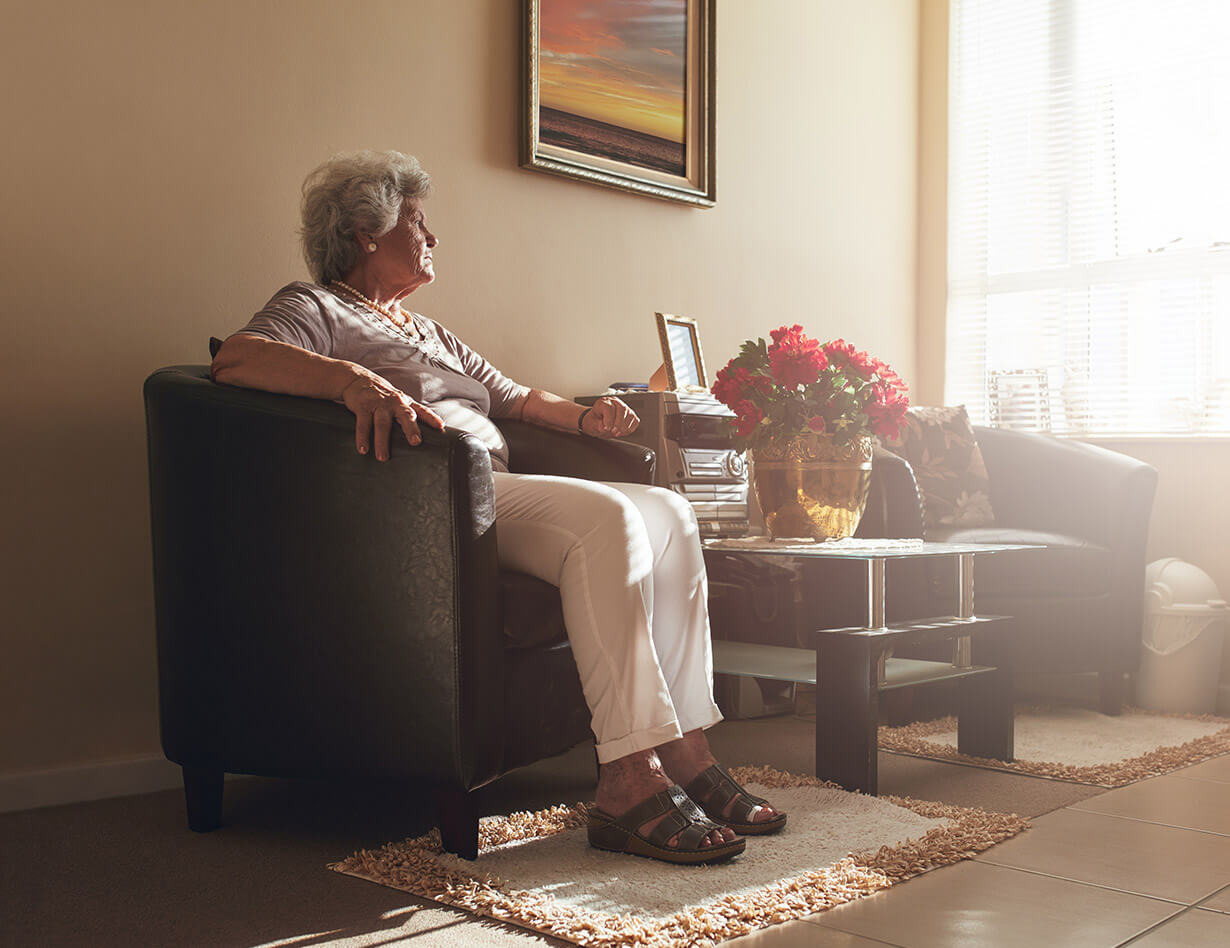As people age, they often worry about the challenges of remaining in their homes, commonly known as aging in place. However, there are many misconceptions about aging in place, which may deter people from considering it. In this blog post, we'll show you three of the most common misconceptions about aging in place and why they're not true.
Aging in Place is Expensive
One of the biggest misconceptions about aging in place is that it's an expensive option.
Many people assume that they'll need to spend a lot of money on renovations and modifications to make their homes safe and accessible. However, this is not always the case. Many simple modifications, such as installing grab bars and ramps, are affordable and can make a big difference.
Additionally, some organizations offer financial assistance and grants for aging-in-place modifications, making it an affordable option for many.
Aging in Place is Isolating
Another common misconception about aging in place is that it's a lonely and isolating option. Many people worry that they'll be cut off from their communities and social networks if they remain in their homes. However, this is not true.
With the help of home care services, seniors can remain connected to their communities while still receiving the care they need. There are many social and recreational opportunities available for seniors, including community centers, senior centers, and volunteer organizations.
Aging in Place is Risky
Some people assume that aging in place is a risky option, as seniors are more likely to experience falls and accidents in their homes, and this is not necessarily true. With the right modifications and safety features, seniors can live safely and comfortably in their homes.
For example, installing grab bars in bathrooms and bedrooms, having non-slip flooring, and having adequate lighting can greatly reduce the risk of falls and accidents.
In conclusion, there are many misconceptions about aging in place that can deter people from considering it as an option.
With the right modifications, support, and services, aging in place can be a safe, affordable, and fulfilling option for seniors. Rather than focusing on the challenges, it's important to consider the many benefits of aging in place, such as maintaining independence, staying connected to communities, and receiving personalized care in the comfort of one's home.


